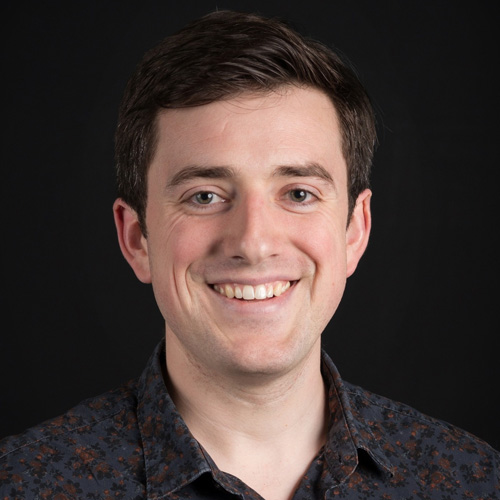Data Proc & Acqui SIG: 5D Compressive Sensing Conditioning for Improved Dual Coil Model Building and Imaging* - Oct 2nd

Sponsored by Schlumberger
Event Location:
Schlumberger
Q Auditorium
10001 Richmond Avenue
Houston TX 77042 USA
NOTE: You Must be Logged in to Register
Speaker: Will Sanger, Geosolutions Geophysicist, WesternGeco
Co-Authors: Alexander Zarkhidze, Massimiliano Vassallo, Hazem Ahmed and Paul Vascik, WesternGeco
Complex imaging environments such as the subsalt Gulf of Mexico often present illumination challenges that are best met with full-azimuth (FAZ) acquisition patterns. To achieve the full imaging benefits promised by FAZ, data should be recorded with sufficient density in four spatial dimensions (2D midpoint, offset, and azimuth, for example) to avoid undersampling artifacts. Traditionally, the Shannon-Nyquist criterion of two samples per wavelength has been used to measure whether a survey geometry is “well sampled”. However, by this measure, nearly all economically feasible survey geometries are undersampled in one or more dimensions, and full-azimuth geometries are especially challenged in this tradeoff because they record a larger range of the wavefield.
Fortunately, compressive sensing (CS) offers a way to image the subsurface with fewer samples than Shannon-Nyquist. CS theory demonstrates that in certain conditions a signal can be measured correctly by sampling fewer and coarser samples than required by the traditional sampling theorem—these conditions are that (1) the sampling grid is randomized and (2) the signal can be sparsely represented in a transform domain."
Dual coil shooting, a method of marine streamer acquisition through circular towing patterns, is designed to randomize the sampling locations, satisfying the first requirement of CS. A new workflow, 5D compressive sensing conditioning (CSC), satisfies the second requirement by representing the signal in a sparse transform domain.
The 5D CSC workflow promotes the coherent low-to-mid frequency information in dual coil recording in a transform domain while explicitly reducing the random noise. We see benefits to model building and far-offset imaging in subsalt Gulf of Mexico through application of 5D CSC.
Speaker Biography: Will Sanger, WesternGeco
Will Sanger works as a Geosolutions Geophysicist for WesternGeco, where he started in 2012. After performing testing and production for several large multiclient projects, his main focus the last two years has been to implement new workflows, mainly to improve time processing of dual coil data. Will is interested in connecting geophysical domain knowledge with the areas of machine learning, user interface, and data visualization. He holds a B.Sc. in Geophysics from the University of Tulsa.
Time Schedule:
4:30 PM – sign-in, social time
5:00 PM – start of presentation
6:00 PM - close of meeting
THANK YOU TO OUR GENEROUS SPONSOR:
